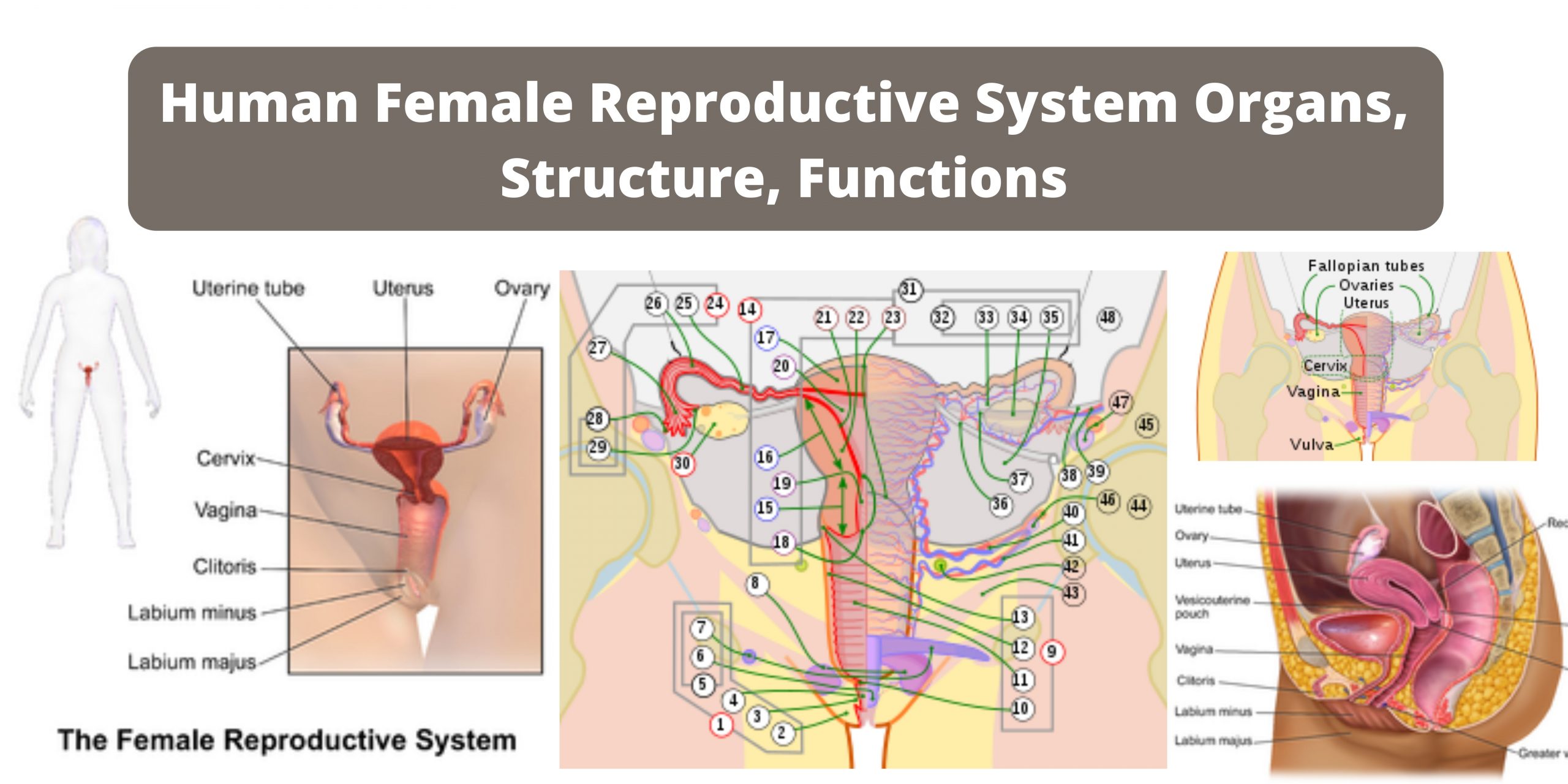Digastric Muscle – Definition, Structure, Types, Functions
What is Digastric Muscle? Digastric Muscle Definition The digastric muscle is a bilaterally paired suprahyoid muscle located beneath the jaw, characterized by two distinct ‘bellies’—an anterior and a posterior section—that play pivotal roles in jaw movement and swallowing. Characteristics of Digastric Muscle The digastric muscle exhibits several distinctive characteristics: Where is the Digastric Muscle Located? … Read more






